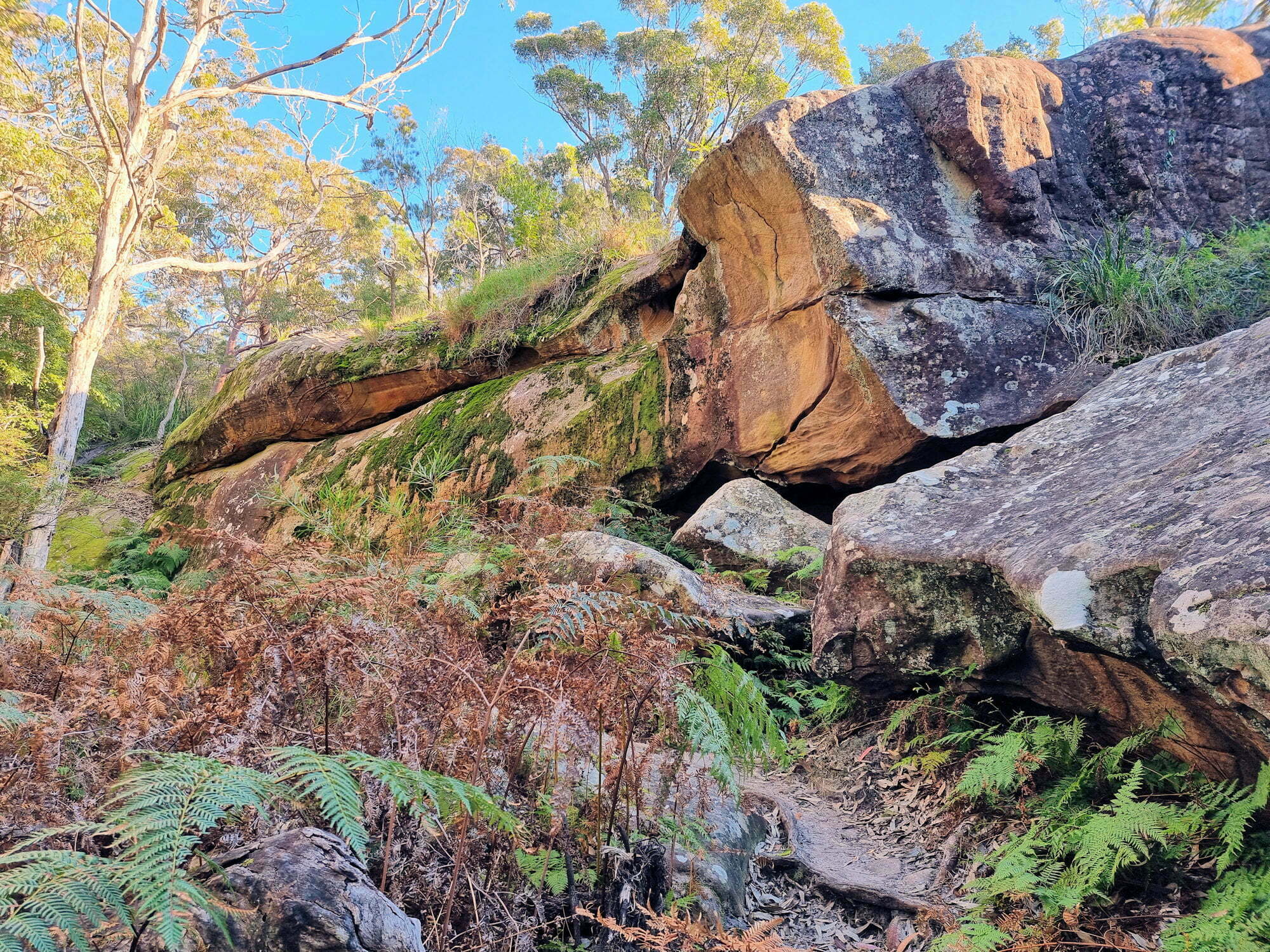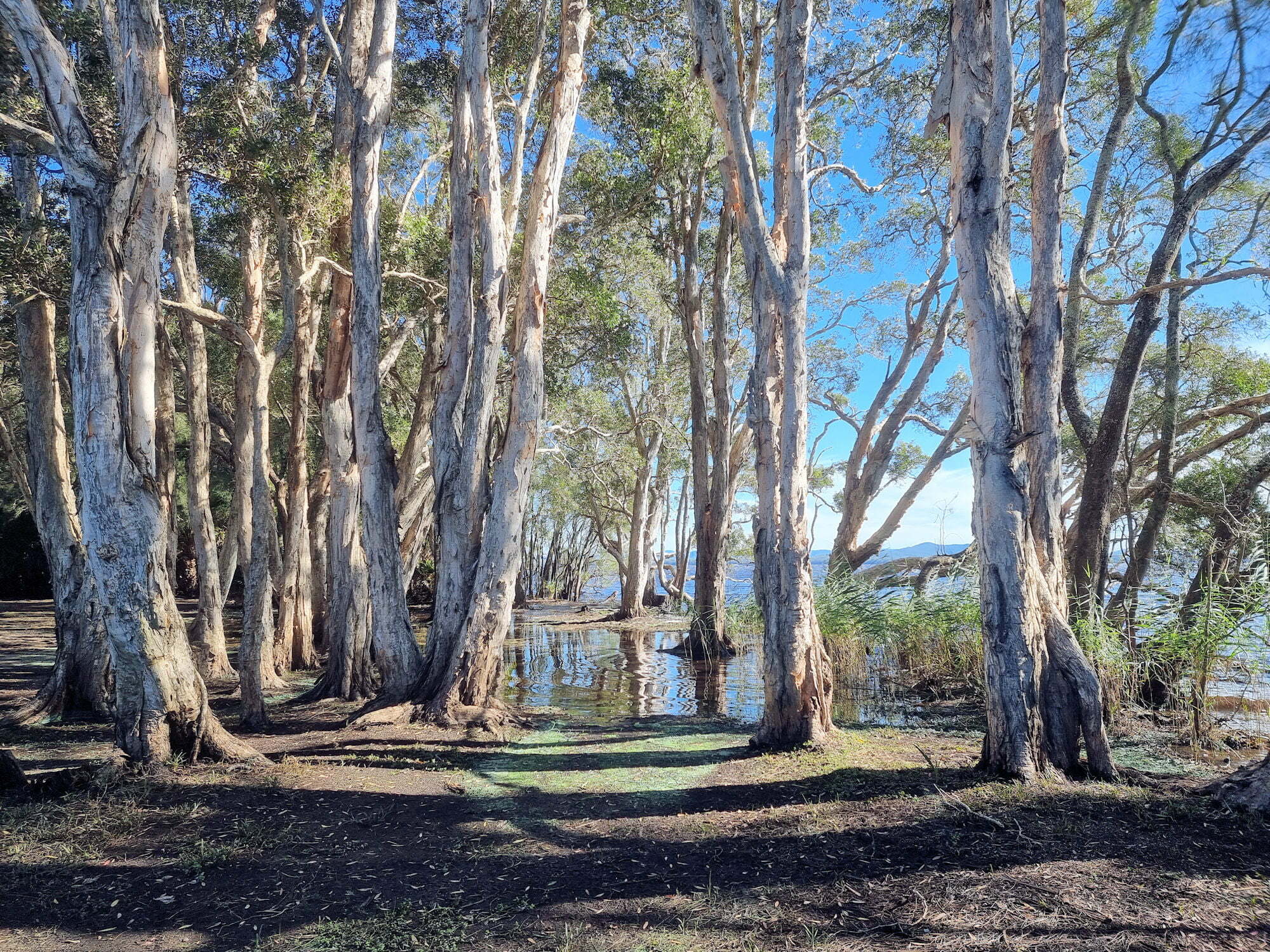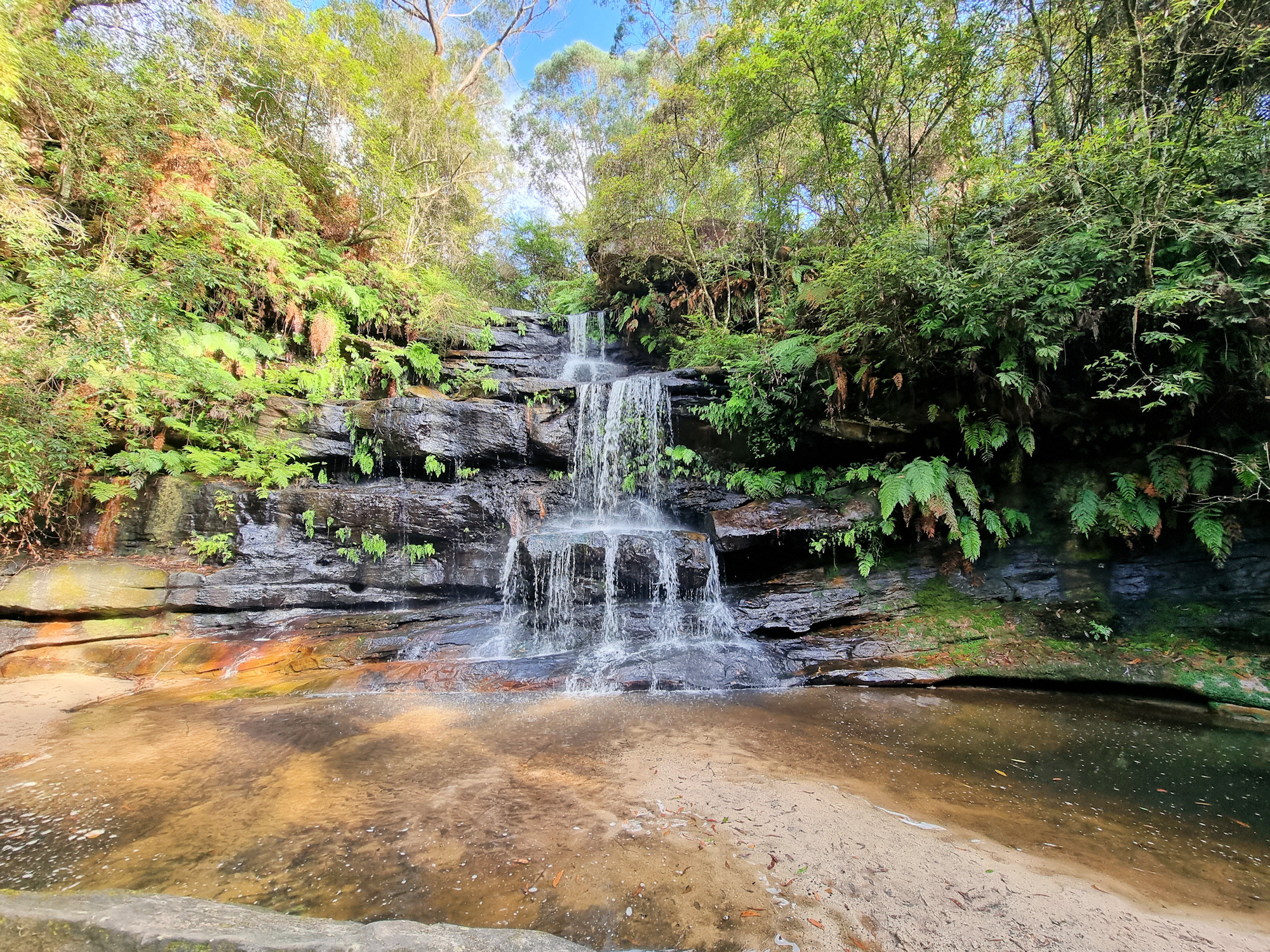Tag: Hiking
-
Kanning Walk Kincumber Australia

Kanning Walk Kincumber Australia Located near Kincumber on the New South Wales Central Coast, Kanning Walk is a 1.2 km track as well as a cave and beautiful scenic Australian bush to enjoy. We parked near the “mud brick building“, which is also marked as a kiosk. Unfortunately, it is closed, so any thought of… Read more
-
Mungo Rainforest Walk Myall Lakes

Mungo Rainforest Walk Myall Lakes Set in the Myall Lakes National Park New South Wales Australia, the Mungo Rainforest Walk is an easy 1.5km walk near the lake shore. Getting There A 45 minutes car trip from Bulahdelah will take you via the Bombah Point Ferry. Running every 30 minutes the ferry cost us $5.50… Read more
